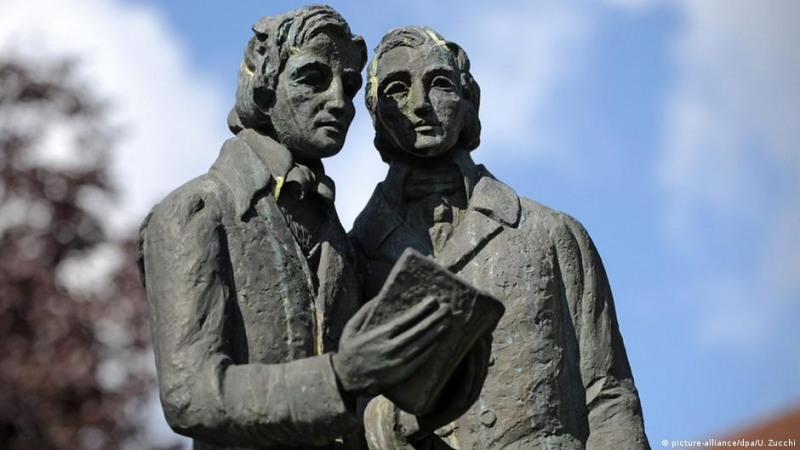For the first time, Jacob Grimm traced the development of the Germanic language
The formation and organization of language also attracted Jacob Grimm's interest. Grimm began translating and publishing many ancient writings, including ancient legal doctrines and beliefs in Germany, after releasing the collections of folklore. He also translated an Irish folklore work from the language into German. These initiatives served as an inspiration for several other nations, who followed his lead. Soon after, he released his own work on Germanic grammar, which covered the family of languages that included both German and English as well as German grammar. Grimm was the first to chart the evolution of the German language.
Another fascinating fact about Jacob Grimm is that he had a law named after him, Grimm’s law, which demonstrates that specific letters in old languages consistently evolve into other letters in the new language. In his Deutsche Grammatik (1819–37; "Germanic Grammar"), Jacob Grimm described the regular correspondences in Indo-European languages. It highlighted notable similarities between the Germanic and other Indo-European languages of Europe and western Asia. It is crucial for historical linguistics it indicates that sound change is a regular phenomenon rather than a random process affecting only some words, as had previously been studied before.









